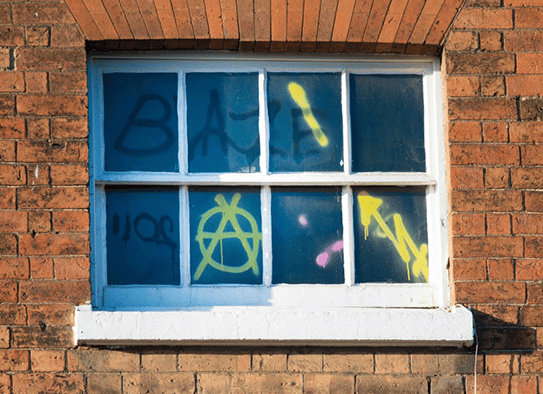Evacuation and Dispersal

Recent news events in Westminster have reminded us all of the importance of evacuation and dispersal procedures for when the unexpected happens at places where large numbers of people gather. David Ward looks at the issue of keeping your procedures up to date.
The recent terrorist tragedy in Westminster was an illustration of the importance of effective evacuation and dispersal procedures. It was also a graphic illustration of the challenge posed by understandable panic when something is happening and people don’t have a full knowledge of the situation.
Much of the news footage of the outrage centred on the experiences of people within the Houses of Parliament – a place where, as you would expect, procedures appear to be well organised.
Smartphone footage from within the building showed how MPs, staff and visitors were corralled within the locked down building. And yet panic was still evident. One can only imagine the panic when incidents happen at other less-well protected sites, including shopping centres, sports and leisure venues, offices and factories where armed police and emergency services are not present.
A terrorist attack is a particularly frightening event for those in the vicinity, but thankfully they are rare. Unfortunately, other events such as fires are more common, yet the danger and challenges to public safety are equal.
In the event of a major incident it is vital that people are effectively evacuated and subsequently accounted for. The challenge is to have in place procedures to enable this and are robust enough to work when panic is rife and people are hard to control and unpredictable.
Whatever the location, it is important to periodically audit your evacuation and dispersal procedures to ensure they are still fit for purpose. Time and situations change. Businesses grow and new occupants arrive. Sites evolve and their usage changes. It’s also the case that potential threats emerge and evolve. So site owners and managers of need to check their procedures and ask are they suitable for the site as it is now, or have they become outdated as the site and its usage has evolved and as threats have evolved? Is signage still in place and clear? Are staff properly briefed about procedures, including new staff?
The potential consequences of inadequate or outdated procedures should be obvious and should also be a driver in making sure site managers conduct periodic audits of their sites. Updating procedures could literally be the difference between life and death.
The issue of assembly of evacuated persons should also be looked at. As terrorists evolve their strategies, there is an increased risk that large groups of assembled people evacuated from a building could themselves provide a target. Therefore, dispersal is preferable to the congregation of evacuated persons. Not only is this a safer strategy, it is also more realistic in inner city areas where space is increasingly limited.
The next big evolution in evacuation and dispersal is coming from a technology perspective. Even social media platforms are quick off the mark in allowing themselves to become conduits to reassure families that somebody is safe when incidents occur. There are already specific technology platforms such as the Everbridge critical communications and enterprise safety software being used by police forces and the Cross-sector Safety and Security Communications initiative. Businesses and organisations should start to investigate these innovations and other ways the ubiquitous smartphone can be used to communicate with evacuated people and to get a better picture of where people are and their status. There’s no reason why technology should not become integral to evacuation and dispersal, even functioning as a mobile guide to where people need to go in the event of an incident and perhaps as a way of conducting a ‘head count’.











